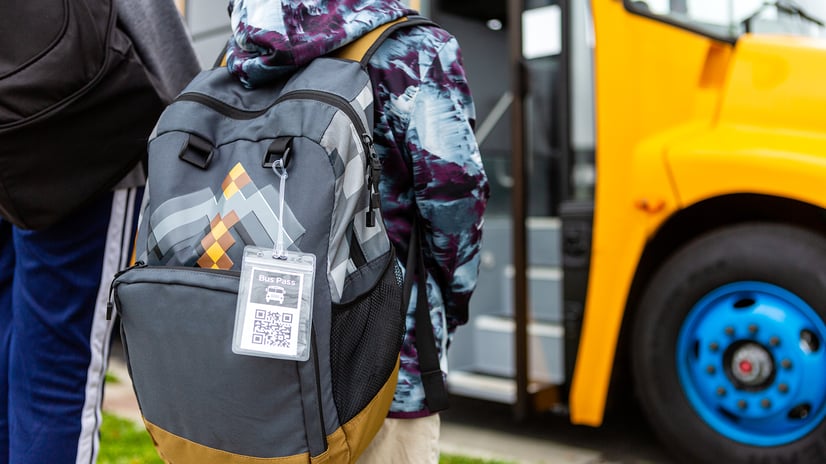Originally published March 20, 2022. Updated October 11, 2023.
As the 2023 school year kicks off, you’ve seen the headlines. Driver shortages, which began impacting districts during the pandemic, are only getting worse. Chicago Public Schools (CPS) has only half the drivers it needs to run its planned routes. The state of Wisconsin recently passed a law allowing school board members to serve as volunteer drivers, in an attempt to alleviate its districts’ staffing challenges. The Today Show reported that some districts have even been forced to cancel classes. What can districts do to weather the storm? Many are turning to new technologies to optimize their transportation networks, by redrawing routes to conserve driver resources and by making greater use of alternative student transportation to fill gaps. Read on to learn more.
Make fewer resources go further
An efficient, automated, and flexible bus routing system can help balance transportation needs with available resources and constraints. With the click of a button, smart software can optimize for diverse student populations, numerous school locations, and varied physical abilities, and generate a detailed route plan that maximizes the number of buses and drivers available to a school transportation department. Importantly, district staff — the experts on student needs and driver preferences — can adjust parameters, make manual changes, and see every adjustment automatically reflected in drivers’ digital manifests.
Monitor vehicle and student activity
Ridership tracking allows for visibility into vehicles and the students who are aboard. With an innovative software partner, school bus fleets can see where their buses are, where they’ve been, and how well they are keeping to designated routes and schedules. Using a GPS-enabled tablet, drivers are provided with turn-by-turn navigation and routes that account for live traffic conditions. Fleet managers can see live locations, wait times, and ETAs of each bus in an instant. With these features, software can help identify routes where schedule- or route-adherence is low and visualize the causes of persistent delays, uncovering opportunities to improve efficiency systemwide.
After students scan their passes upon boarding, fleet managers and caregivers will have visibility into their student’s boarding activity and location in real time. This same technology can be applied to students with the use of individualized, QR-code or RFID-enabled bus passes. These can take the form of physical cards, printouts pinned to students’ backpacks, or virtual passes displayed on mobile devices through a white-labeled Student App. After students scan their passes upon boarding, fleet managers and caregivers will have visibility into their student’s boarding activity and location in real time. This information is only communicated to select, approved caregivers, so parents and guardians always know where their child is without compromising privacy.
Live tracking doesn’t only serve efficiency goals, but also facilitates seamless real-time communication between school administrators, drivers, and caregivers. Parents won’t find themselves waiting when their child’s bus is unexpectedly delayed and staff won’t have to field phone calls from concerned caregivers when traffic necessitates a last-minute routing change. Instead, administrators can easily push system status updates and messages through the same student transportation app.
Expand alternative transportation with smart technology
Increasingly, districts are making greater use of alternative transportation programs, often already in place for students with disabilities or unstable housing, as another way of alleviating driver shortages. An integrated technology platform, capable of managing both traditional and alternative school transportation, can be a powerful tool for school districts looking to understand how to optimize existing alternative services, as well as looking for opportunities to convert traditional routes as needed.
Alternative transportation — typically using smaller vans or taxis — leverages a different pool of drivers than yellow bus fleets, which require drivers to hold commercial drivers’ licenses with additional specialized endorsements. Implemented strategically, an expansion of these programs can be an important solution for combating the yellow bus driver shortage. Because alternative transportation can be expensive on a per-trip basis, however, accurately modeling the best routes for conversion from traditional to alternative is critical, as is being able to view and analyze performance of both forms of transport in the same technology suite.





